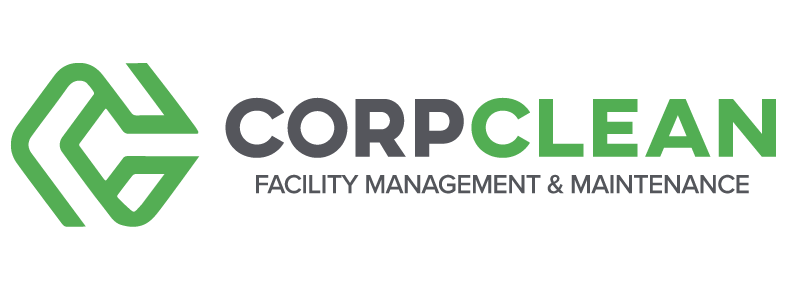Where Office Germs Hide
Germs hide places you might not regularly consider. When it comes to your office, those places could surprise you.
Dr. Charles Gerba is a microbiologist at the University of Arizona and one of the world’s leading experts on infectious diseases. His published studies are sources for frequently mentioned data regarding germs and how they spread. And, if you’re running a business, some of his findings on office cleanliness might shock you.
For example, according to Dr. Gerba’s research, the average desktop contains more bacteria than most toilet seats do. Four hundred times more, it turns out.
How can that be possible, you ask? Consider that most office restrooms receive regular cleaning and disinfecting—either by internal staff or a professional cleaning service. Then think about how infrequently you perform a deep clean on your desk.
While every item on your desktop can harbor germs, your computer keyboard may be the most menacing. You touch it constantly and hover over it while eating, drinking, coughing, and sneezing. Add your phone, coffee mug, writing instruments, and things other people transfer to it, and your workspace becomes a bacteria minefield.
Yuck! Our intention in reporting this is not to disgust you but to point out that germs hide places you might not regularly consider. Luckily for you, we know where those places are, especially when it comes to your office.
Hallways and entranceways.
People spread germs, so it reasons that high-traffic areas in your office would serve as breeding grounds for bacteria. For example, hallways and entranceways have countless germ-susceptible touchpoints—from doorknobs to elevator buttons to stairway handrails—that you cannot easily avoid.
Materials typically used in office hallway flooring, such as ceramic tiles and vinyl sheeting, contain porous grout and seams that spawn disease-causing pathogens. And those germs are easily transported from room to room on staff and visitor shoes.
Your building’s busy corridors might be clear and the floors shiny, but without meticulous cleaning, hidden germs will disseminate unchecked throughout the structure.
Shared equipment.
If you’re among the millions of people returning to the office as the pandemic slowly wanes, you’ll likely find yourself sharing equipment with coworkers again. And that means pressing start buttons on printers, copiers, fax machines, postage meters, and other highly used devices other people come in contact with every day.
Most people rarely stop to consider that office machines could be unsanitary when we touch them—or think about cleaning or disinfecting buttons that get pressed countless times each day. But research shows that one infected worker can spread a virus to 50 percent of shared office surfaces within four hours of arriving at work.
The break room.
According to Kelly Reynolds, a professor and environmental microbiologist at the University of Arizona, overnight cleaning results in office bacteria counts being lowest first thing in the morning.
The risk of coming into contact with bacteria increases as the morning goes on and people begin touching office surfaces, explains Reynolds, with contamination levels reaching their peak just in time for lunch.
And, unfortunately, the place where office workers prepare their lunches contains some of the germiest surfaces they touch daily. According to a study Dr. Gerba consulted on for Kimberly-Clark Professional, break rooms have high levels of bacteria contamination. Hotspots include handles on sink faucets, microwave and refrigerator doors, water fountains, and vending machine buttons. As a result, employees are vulnerable to illness-causing bacteria where they eat.
How we can help.
As the information about office bacteria levels reinforces, contract cleaners can play an essential role in disinfecting workplaces, but overlooking where germs hide permits hallways, break rooms, and personal workspaces to become re-contaminated quickly. Choosing the right cleaning company is vital to keeping germs at bay.
At CorpClean, we pay extra attention to high-traffic, high-touch areas. We clean common-area surfaces that people regularly touch more frequently. We use using alcohol-based, antibacterial disinfectant wipes wherever possible. And, our available Electrostatic Disinfectant Spraying kills germs and bacteria without harsh chemicals or the cross-contamination caused by many spray-and-wipe techniques.
Want help identifying where germs are hiding in your office? Contact CorpClean, and we will come and show you.
The average desktop contains more bacteria than most toilet seats do. Four hundred times more, it turns out.

